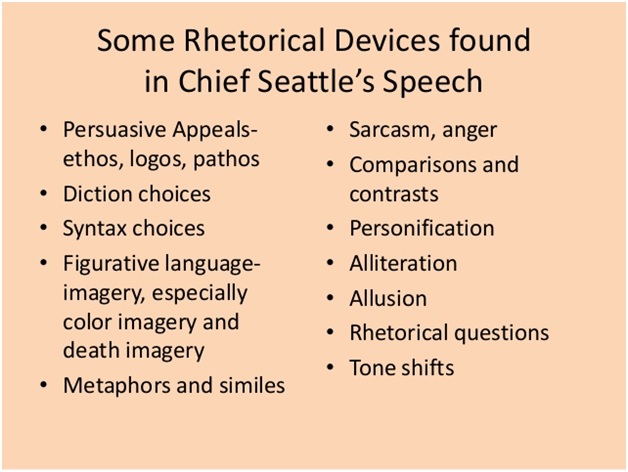How To Write A Speech
How to Write a Speech
Wondering how to begin to write your speech when the deadline is hanging over your head? Even if you have taken writing classes with English tutors and feel confident about writing essays, the thought of having to write a speech may bring you out in cold sweats.
Speech writing doesn’t need to be a terrible and exhausting task. Keep reading this easy guide where you will find expert tips for writing effective speeches that will help you make a great impression on your audience.
Types of Speeches
When you write a speech, you have two goals: making a powerful impression on your listeners and leaving them with 2 or 3 takeaways. You should keep in mind that speeches are written to be heard and not read. Your listeners have only one chance to understand your message so you have to do everything to keep the attention of your audience and paint a mental image. Besides, your speech should have “flair” that’s why you need to use different attention-grabbing techniques.
There are certain types of speeches that differ in their key characteristics. You should use attention-grabbers that fit the speech type.
- Informative speeches present information to your audience about an area of knowledge, event or topic.
- Instructional speeches inform or teach listeners how to do something.
- Evocative speeches have a purpose to generate an emotional response.
- Persuasive speeches are aimed to change people’s beliefs and behaviors.
- Special occasion speeches such as a wedding toast or a graduation speech entertain or inform your listeners.
How to Organize Your Speech
Just like essays, all speeches typically have 3 sections: the introduction, the body paragraphs, and the conclusion. You can follow this simple outline to keep your audience focused on your speech topic.
Introduction: Start your speech with a story, a statistic, a question or a quotation to capture your audience’s attention. Let your listeners know that your speech is worth listening to. Present a preview of your topic and make a strong transition into your body section.
Body: The body section can be organized in a number of ways and the choice should depend on the topic. You can use the following organizational patterns:
- Topical – present information one subject at a time
- Chronological – present the order of events in time
- Casual – use cause and effect pattern
- Spatial – provide an overview of the physical arrangement
The body section in speeches typically includes 3 topics (main points. To make this section interesting, you should include expert citations, examples from the news, statistics, stories, and personal experiences.
Conclusion: You should restate the key points that you covered in the body paragraphs. People’s memories are short and the attention spans are even shorter. You should end your speech with a powerful closure – something that your audience is sure to remember. Think about an inspiring conclusion that can convince people to think and act in a different way.
Some Final Tips
- Read famous speeches. Analyze them to understand how they are constructed and find out what things stand out. Pay attention to rhetorical devices that professional speechwriters often use to emphasize certain ideas and make them easy to remember. Rhetorical devices leave an impression and make speeches memorable.
- Don’t put too many ideas into your speech. People typically remember very little of the speech content so you should give them just 2 or 3 ideas.
- Write as you talk. Don’t make your speech too complicated. It’s not an essay and people will hear your speech and not read it. Use conversational style with short sentences and contractions. Don’t use big words with many syllables that you will never use when talking to someone. Use concrete words and examples because they keep people interested.
- Use a classic structure to persuade. This structure is called “problem/solution”. Present the problem in the first part of your speech and provide the solution of it in the second part.
- Begin and end your speech with strong memorable sentences because these parts are the most important.
- Know your audience. Make sure you use attention-grabbing that will get your audience’s attention and not yours.
- Keep your speech short. After you have written the final draft, read your speech carefully and look for words and phrases you can cut.
- Present your speech with passion. Deliver it with some humor, compassion, and style.

